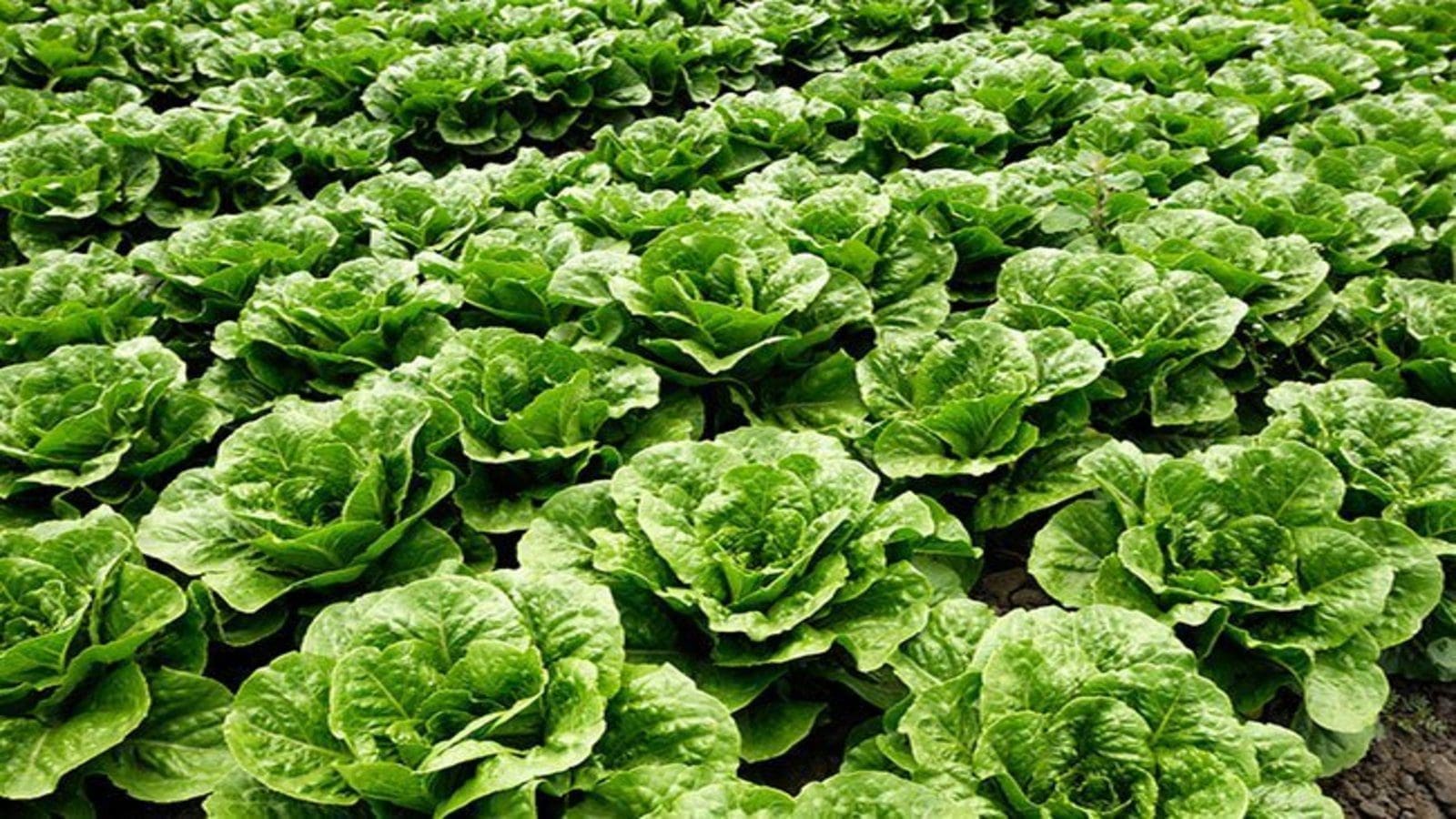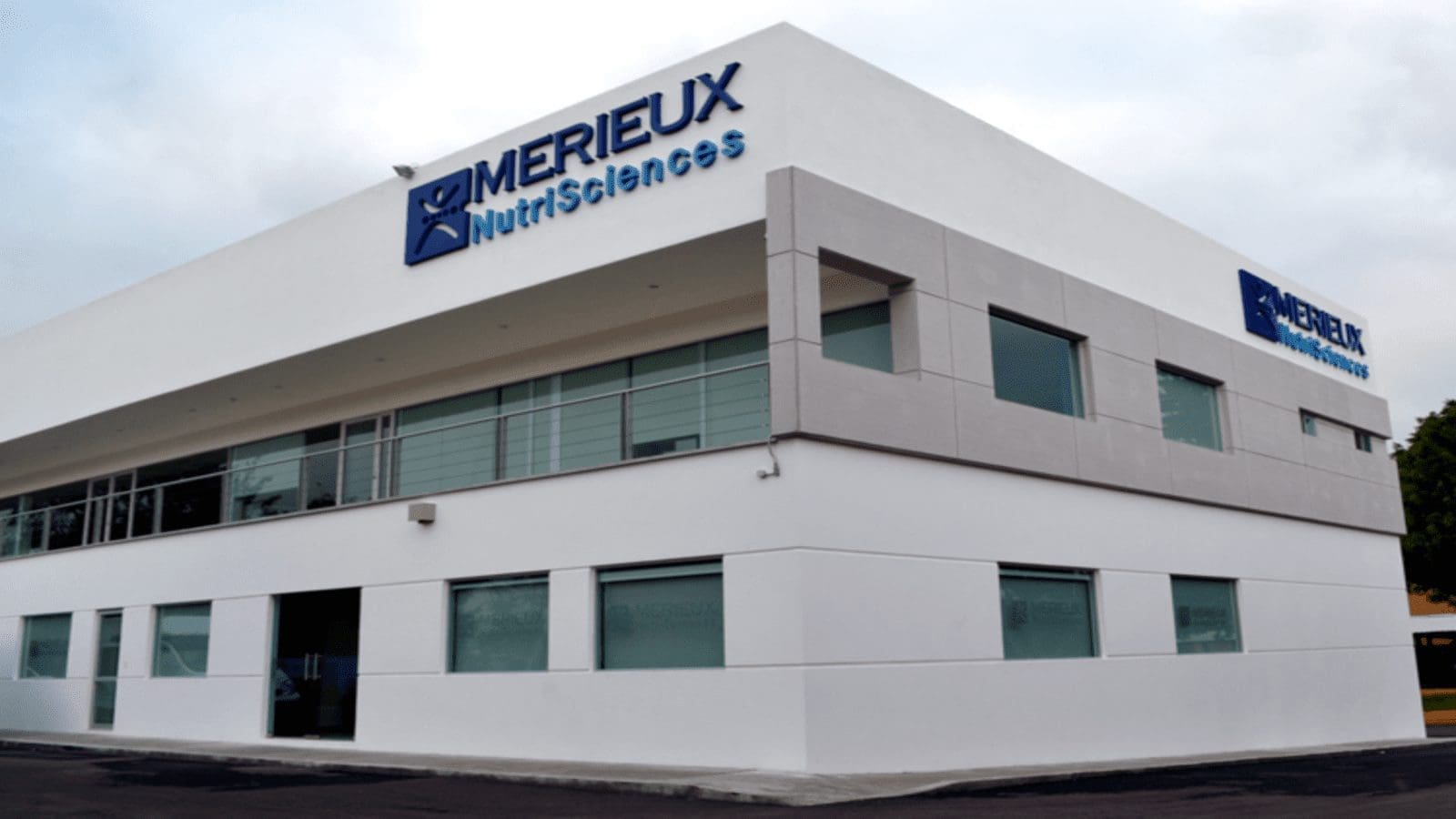GLOBAL – The World Health Organization (WHO) has organized the first event for a group of food safety professionals focused on the role of science in the Codex Alimentarius Commission.
The WHO’s Food Safety Community of Practice webinar which took place earlier this month gave examples of how Codex Alimentarius Commission standards are developed.
The WHO and the Food and Agriculture Organization of the United Nations (FAO) develop risk assessments to define safe exposure levels to various chemicals and microorganisms in food.
Scientific advice from expert committees is the basis for developing international food safety and quality standards by Codex, and national standard setting in many countries.
Moez Sanaa, Unit Head of Standards and Scientific Advice on Food and Nutrition at the WHO, said the objective of standards is to protect consumer health and ensure fair practices in the food chain.
Food standards and related texts in Codex are based on risk analysis, which includes risk assessment, risk management and risk communication.
Risk assessment is the scientific advice and data analysis that provides the science to the risk manager who is responsible for the regulation and controls and they decide how to implement measures that will protect the health of the consumer. Risk communication is the dialogue with all stakeholders.
“The Codex Alimentarius Commission requests WHO and FAO do a risk assessment, so they are framing the question from the perspective of the risk manager.
In our expert assessment part, it is mainly scientific factors that will be involved but at the end we have policy decision making that takes into account other societal, technical, economic and political factors. Science will not provide the policy, it will help to inform the decision maker, in this case Codex, to make the decision,” Sanaa said.
According to him, there are many hazards, foods and contexts hence the need to understand where it is vital to do risk assessment, for which hazard, contaminant or pathogen at global level and which type of scientific advice they can provide.
Exposure assessment
For an exposure assessment, Luc Ingenbleek, a Technical Officer at the WHO, said one needs to understand what people consume and how contaminated the food is.
“A significant contribution to the dietary exposure comes either from the fact that it is highly consumed for staple foods like cereals or in the case of fish because a high concentration of the hazard is found in the food even though consumption may not be so high,” he said.
Ingenbleek gave an example of a dietary exposure assessment in Benin, Cameroon, Mali and Nigeria. From almost 900 chemicals, 24 were assessed as potential health concerns in the total diet study.
“Not only do exposure patterns vary from one country to another but they vary in different places within the same country.
This data allows us to inform the risk managers in the decisions they will take. We can narrow down the potential risk concerns from 900 to 24 which allows allocation and prioritization of resources to what really matters in terms of food safety,” he said.
In the context of the standard setting process, it gives useful information on if a standard already exists or it is a new development, reports Food Safety News.
Michael-Oliver Hinsch, of the Codex Trust Fund, said it is backing 44 countries through different projects and is in the process of selecting the sixth round of support.
Countries that apply for Codex Trust Fund support first undergo a self-diagnosis, looking at different elements of their Codex system to assess their status of evolvement.
“We have four levels of readiness from the lowest level of aspiring, then emerging and consolidating, to achieving a well-established state when the country is ready to share knowledge and experience with others.
We need data and facts to provide scientific advice, the more countries that can share this information the better for the benefit of all,” Hinsch said.
In 2016, Ghana applied for support from the Codex Trust Fund to address a gap in capacity to collect and analyze data related to methylmercury in tuna and inorganic arsenic in rice. Today Ghana is able to produce their own data and they don’t have to count on studies from other countries.
Liked this article? Subscribe to Food Safety Africa News, our regular email newsletters with the latest news insights from Africa and the World’s food safety, quality and compliance. SUBSCRIBE HERE








